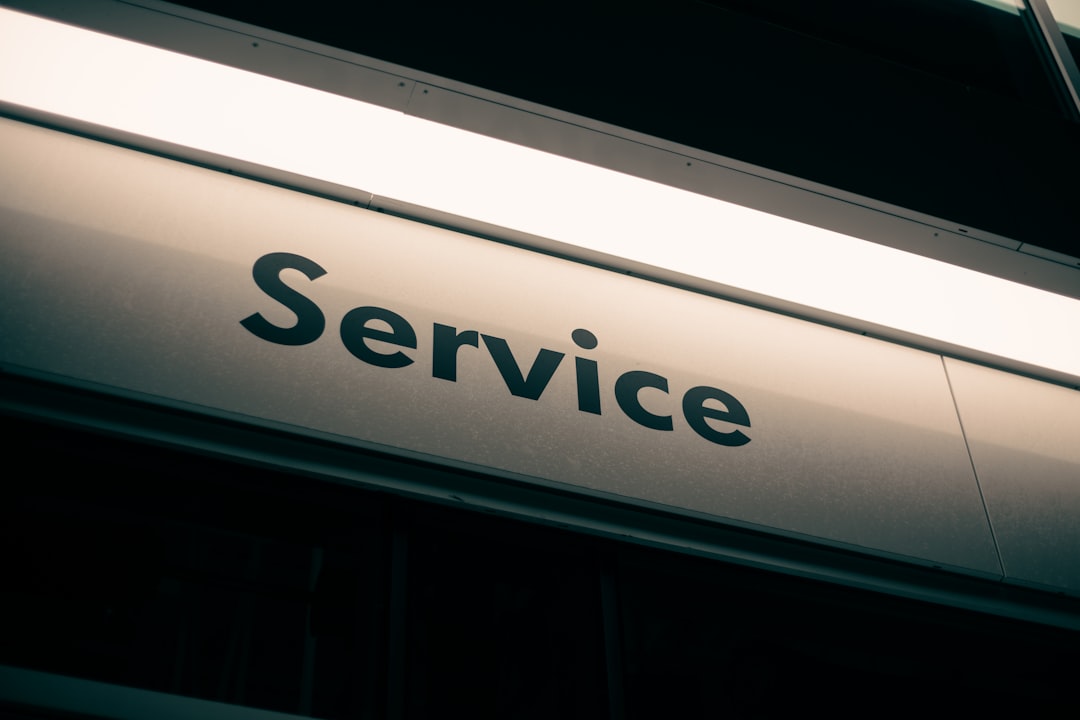
Installing a hot water heater can seem like a challenging task, specifically for those that are not well-versed in pipes. Nonetheless, with the best understanding and prep work, you can effectively tackle this project yourself or at least comprehend what to anticipate if you’re working with an expert. This guide will walk you through the necessary actions associated with hot water heater installation, ensuring you have the needed info to make enlightened decisions.
Before you start the installment procedure, it’s essential to select the appropriate kind of hot water heater for your home. There are 2 primary types to take into consideration: container and tankless water heaters. A standard tank water heater stores hot water in a large storage tank, making it readily available but potentially much less energy-efficient. On the other hand, tankless hot water heater warm water on demand, providing energy cost savings and limitless warm water however calling for details setup requirements. Evaluate your family’s warm water needs, room restraints, and budget plan to figure out the best choice for your circumstance.
As soon as you’ve chosen your water heater, the following step is to collect your devices and products. Important devices consist of a pipe wrench, screwdrivers, a drill, Teflon tape, and PVC or copper piping, relying on your hot water heater type. You may also require ports and installations proper for the particular hot water heater design. Additionally, make certain that your workspace is risk-free and that you switch off the power supply and water system to your old unit prior to beginning the installment procedure. This preventative measure will help prevent mishaps and water damage.
As you proceed with the setup, follow the maker’s guidelines faithfully. The procedure normally includes removing the old hot water heater, connecting the pipes and electric or gas lines to the brand-new heater, and making certain correct air flow if appropriate. Pay cautious interest to drainage and stress relief safety and security shutoffs to stay clear of prospective dangers. After setup, fill up the tank with water, look for leaks, and power up the heating unit. It is very important to run the water to flush out any type of air and sediment prior to completely using the system.
In conclusion, mounting a hot water heater needs mindful planning and execution, however by adhering to the best actions and considering your home’s certain requirements, you can effectively handle the process. Whether you make a decision to take on the challenge on your own or choose expert help, understanding the fundamentals of water heater installation will empower you to make the best selections for your home. With correct upkeep post-installation, your new hot water heater can provide trustworthy solution for several years to find.